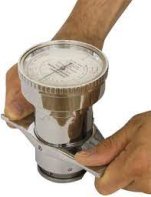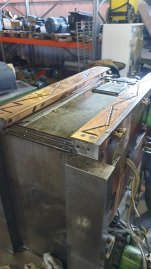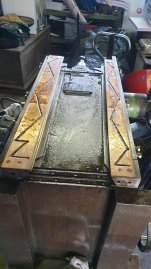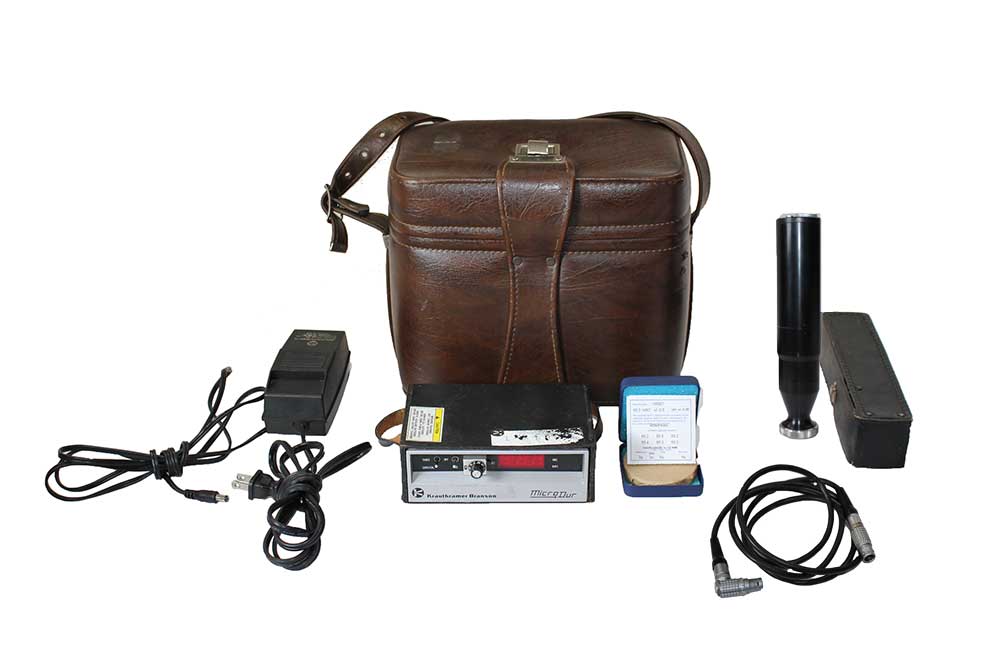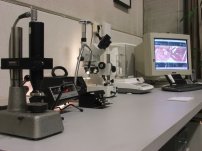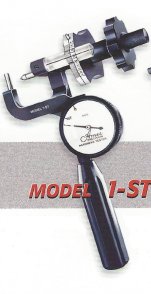Martin P
Titanium
- Joined
- Aug 12, 2004
Thankfully too far away (near Slovenian border with Austria).

 www.kleinanzeigen.de
Bad and irrelevant pictures, but this is a pre-1991/92 FP4NC, so not the last year. It has a Dialog 12 sticker on it, which was not available then. So I presume it was upgraded, but without all the D12 HW changes (hand wheel, pendant, op panel, UVV). Interesting that this is possible, but I suspected it. I do not know the objective benefits of such upgrade. Supposedly speed, but who cares? This machine is advertised to come from a lab. I believe it. Look at the broom and shovel attached to table inside enclosure and the paint condition next to it.
www.kleinanzeigen.de
Bad and irrelevant pictures, but this is a pre-1991/92 FP4NC, so not the last year. It has a Dialog 12 sticker on it, which was not available then. So I presume it was upgraded, but without all the D12 HW changes (hand wheel, pendant, op panel, UVV). Interesting that this is possible, but I suspected it. I do not know the objective benefits of such upgrade. Supposedly speed, but who cares? This machine is advertised to come from a lab. I believe it. Look at the broom and shovel attached to table inside enclosure and the paint condition next to it.
It is stated to be broken from sitting too long. Sounds typical, one will have to invest 30€ into batteries (or charge them). If voltage is below 3.1 Volt, it will not boot.

Deckel FP4 NC Dialog 12
Verkaufe meine Deckel FP4 NC aus Platz und Zeitgründen. Nach längerer Standzeit hat Maschine hat...,Deckel FP4 NC Dialog 12 in Bayern - Bad Reichenhall
It is stated to be broken from sitting too long. Sounds typical, one will have to invest 30€ into batteries (or charge them). If voltage is below 3.1 Volt, it will not boot.








